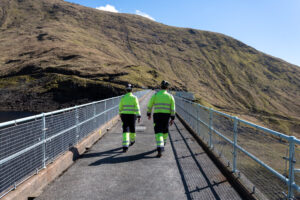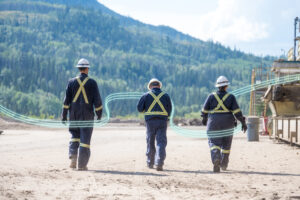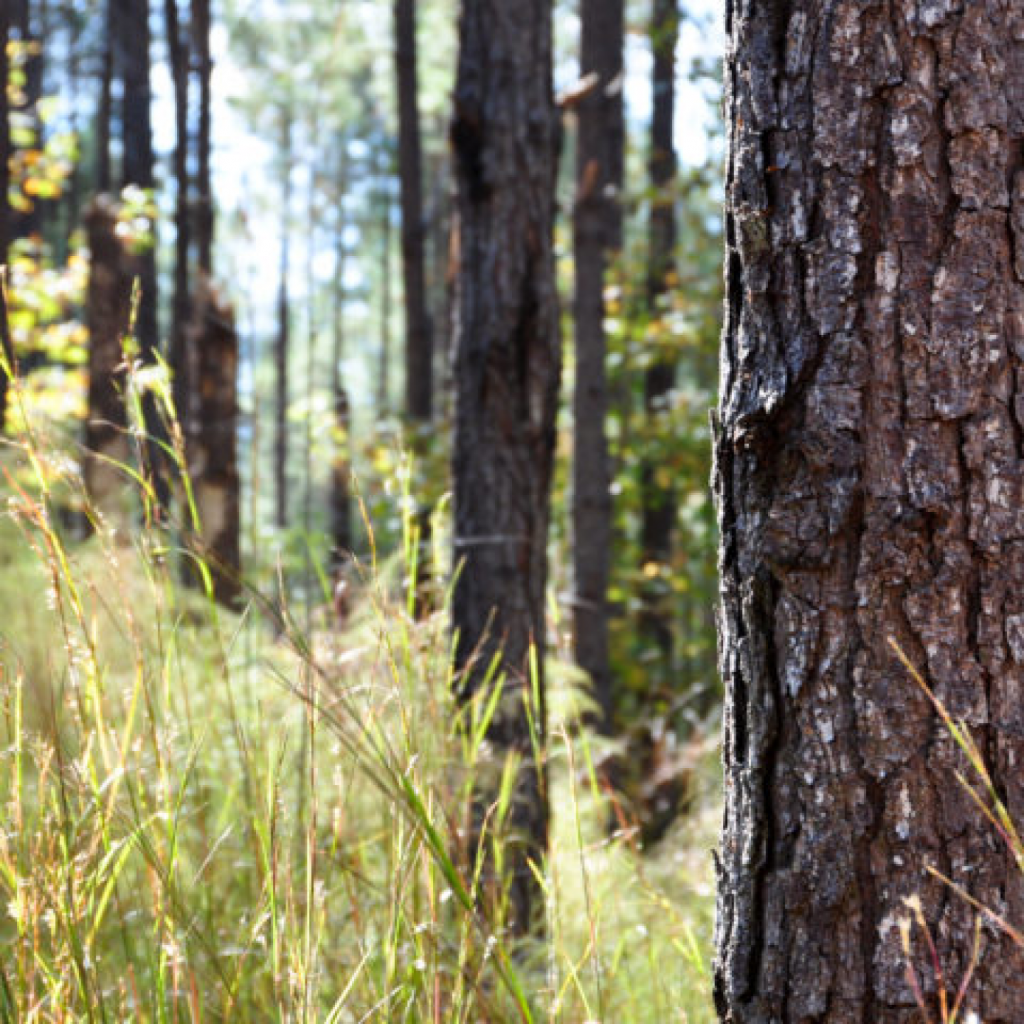Reaching net zero by the end of 2040 across our value chain.

Our objective isn’t just to reduce emissions, but to have a net positive impact on the climate.

Our Group Climate Policy is reviewed and re-approved annually by our Executive Committee and outlines our approach in line with the Taskforce on Climate-related Financial Disclosures (TCFD) framework.
Understanding our carbon emissions
Carbon and energy use data summary


In our ESG Performance Report, we provide additional carbon data, including carbon emissions by greenhouse gas type and scope 3 emissions by category.
Carbon reduction targets
Carbon reduction targets are an integral part of key performance indicators (KPIs) in our business. For the 2023 Group Scorecard, a 6.7% weighting was allocated to achievement of carbon reduction KPIs. This was divided between three projects (with corresponding targets)::
- A 25% reduction in Hydro Asset portfolio Scope 1 and 2 emissions by 2023 (against a 2020 baseline), covering sites at Lanark, Galloway, and Cruachan
- A 50% reduction in Scope 3 emissions associated with the sale of fossil natural gas from Opus Energy by December 2023 (against a December 2022 baseline), via offboarding and run-down of the customer gas sales book
- Deploying Electric Vehicle (EV) chargers across all UK Drax sites where we have sufficient property ownership rights
Decarbonisation Dashboard
As we pursue options for BECCS, we are focused on finding opportunities to reduce our absolute carbon emissions across Scope 1, 2 and 3. In 2023, our near-term absolute and emissions intensity carbon reduction targets were externally validated by the Science-Based Targets initiative (SBTi). Since November 2023, we are formally committed to the SBTi framework, aligning ourselves to a 1.5°C pathway.

Our carbon reduction pathway
We recognise that clearly defined actions to achieve carbon reduction targets are central to credible transition planning. The diagram below provides an overview of current projects and several projects in development, as we continue to progress the carbon reduction plans for each of our business units. In 2024, we built on this with the publication of a formal Climate Transition Plan, in line with the Transition Plan Taskforce (TPT) Disclosure Framework.








